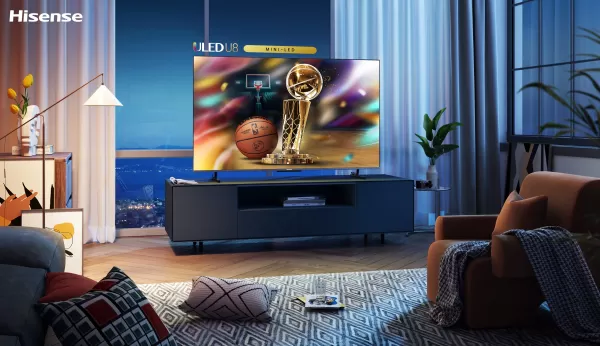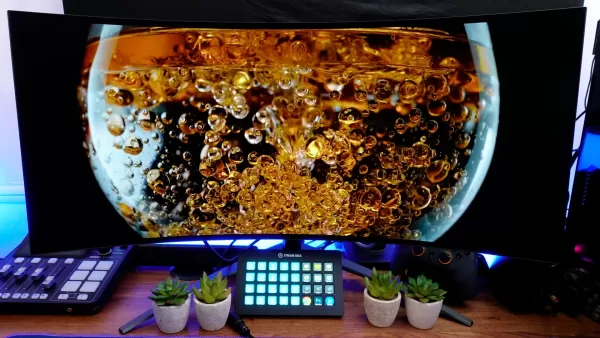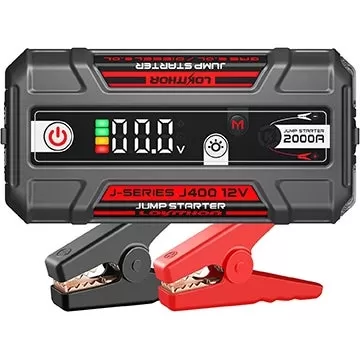I vividly remember purchasing my first OLED TV, the LG E8 55 inch back in 2019, right before we all went into lockdown. It became the perfect companion during isolation. Initially, I didn't fully understand what OLED (organic light-emitting diode) entailed. I knew it used self-lit pixels instead of a backlight like LCD displays, offering infinite contrast. But it wasn't until I immersed myself in the vibrant world of Final Fantasy XV and navigated the haunting landscapes of The Last of Us Part II that I truly grasped its impact. It felt like living a nostalgic fever dream in real time. Naturally, my journey with OLED didn't stop with the E8.
A few years later, I upgraded to the LG C2 65-inch TV. Since then, I've reviewed numerous devices with OLED displays and discovered that not all OLED screens are created equal, nor do they share the same technology. You might wonder, "How many types of OLED are there?" The answer is quite extensive, but you should focus on three main types: WOLED, QD-OLED, and AMOLED.
 WOLED, QD-OLED, and AMOLED: How They Work
WOLED, QD-OLED, and AMOLED: How They Work
OLED technology has been around for decades, with companies from Kodak to Mitsubishi experimenting with various approaches. It wasn't until LG introduced its OLED TVs in the early 2010s that the technology gained mainstream attention.
LG's version of OLED is known as WOLED (White OLED). Although LG markets it simply as OLED, WOLED uses a pure white OLED layer combined with an RGBW color filter. This method addresses the issue of uneven deterioration rates among red, green, and blue emitters, which can accelerate burn-in—a common concern with OLED displays. However, using a white OLED layer can result in imbalanced brightness and reduced color volume due to the filtering process. Higher-end WOLED models attempt to mitigate this with Micro Lens Array technology, which uses thousands of microlenses on a single pixel to focus light.
In 2022, Samsung introduced QD-OLED (Quantum Dot OLED), which replaces the white OLED layer with a blue one that interacts with quantum dot color converters. Unlike the RGBW filter, quantum dots absorb light, converting blue to red or green without losing any backlight, resulting in more vibrant colors.
AMOLED, on the other hand, is distinct because it incorporates a thin-film transistor (TFT) layer. This layer enhances pixel activation speed but at the expense of OLED's signature "infinite" contrast.
 WOLED, QD-OLED, and AMOLED: Which Is Better for Gaming?
WOLED, QD-OLED, and AMOLED: Which Is Better for Gaming?
Choosing the right OLED technology for gaming depends on your specific needs and preferences. If you're looking for a straightforward answer, QD-OLED is generally considered the best. However, there are scenarios where WOLED or AMOLED might be more suitable.
AMOLED displays are predominantly found in smartphones and laptops. They're less common in TVs due to their higher cost. AMOLED's flexibility makes it ideal for foldable devices and supports high refresh rates and better viewing angles. However, these displays struggle with direct sunlight due to lower peak brightness.
For gaming monitors and TVs, you'll typically choose between WOLED (often simply marketed as OLED) and QD-OLED. WOLED offers high brightness, especially with whites, but the RGBW filter can reduce color brightness. QD-OLED, with its quantum dot technology, delivers bolder colors and overall better brightness.
In my living room setup, where my OLED TV faces windows, WOLED maintains deep blacks despite glare, while my QD-OLED monitor on my desk shows a purplish tint in similar conditions. This is because Samsung's QD-OLED lacks a polarizing layer to reduce reflections. While QD-OLED displays excel in color and brightness, WOLED is less distracting in highly reflective environments. Ultimately, the quality of the display depends on its specifications, and generally, higher investment yields superior visuals.
However, the future of OLED technology might soon introduce another player: PHOLED.
The Future of OLED Is PHOLED
Among the various types of OLED, PHOLED (Phosphorescent OLED) uses phosphorescent materials to convert energy into light more efficiently. The challenge with PHOLED has been the shorter lifespan of blue phosphorescent emitters compared to green and red. However, LG recently announced a breakthrough in blue PHOLED, paving the way for mass production. LG dubs PHOLED "Dream OLED" because of its 100% luminous efficiency, which far exceeds the 25% efficiency of fluorescent materials, promising brighter displays with lower power consumption.
While PHOLED TVs are not expected to hit the market soon, we'll likely see this technology in smartphones and tablets before long.








